
All thanks to Liuke96player for the hall of fame contest and other hosts of sponsors and readers. appreciations to Michelle who has been up and doing too. Now let's discuss this weeks topic "Swimming".
Who wouldn't love to have a good swim on a sunny afternoon? Yea, that's me. Getting drowned became a thorny pathway towards death for me after a river in my locale almost took me in. Swimming became a bad idea for me henceforth. But I'm still keen getting to know how to swim "legitimately", haha.
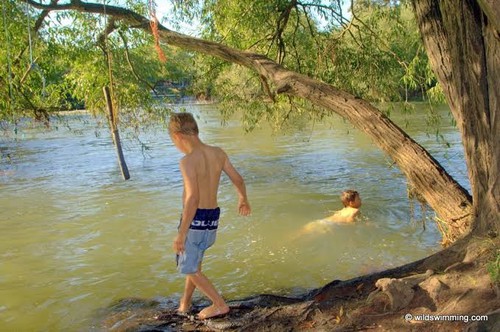
It was on a sultry Saturday afternoon, my friends decided to march to the river. I followed up but decided to stay at the bank. They were busy diving in and out of the water as I watched. The temptation grew in me, then I decided to take a dip. I'm a guy who only swims in a 5 feet pool and here I am in a water with different ground levels filled with muds. I took my first two steps, everything looks the same then I decided to go in. I began to lose my breath after some second. As I tried to lay my feet on the ground just like I'll always do in the pool, there was none to be found. Just then my heart raced out yet I kept my cool so I'll not panic but I was already struggling. Thanks to heavens for a friend who saw me in peril and came to the rescue. I was out of the water but it felt like those waters were gushing out of my nostrils, mouth and ears. I zoomed back home in a flash and decided never to get close to the waters. Just then, I learnt about the open water swimming.
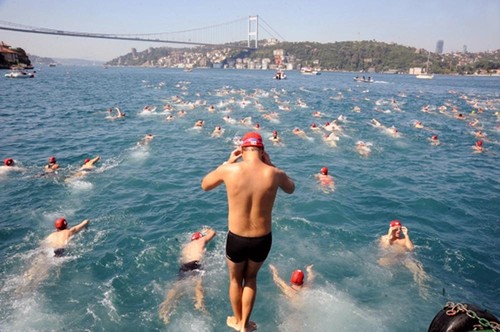
Open Water Swimming.
A post here on scorum about the open waters made me an enthusiast to the sport. Swimming outside a regular pool, sometimes in an ocean looks scary and tough, yet its a pat in the back for awesome swimmers. In 2008, the open water swimming was contested for the first time in the Olympics games in Beijing. This type of swimming takes roughly 5000 participants. Large Ocean Swims in terms of such participants are in Australia, with the Pier to Pub, Cole Classic and Melbourne Swim Classic. The first four Olympics were not held in pools, but in open waters; the Mediterranean 1896, the Seine river 1900, an artificial lake 1904, the Mediterranean 1906. Odyssey open water has become popular over as time goes, why not check up and see what they've got.
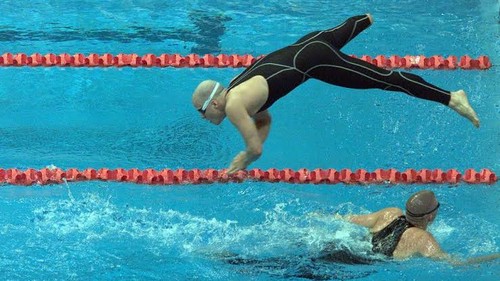
Paralympic Swimming.
Athletes with disabilities amazes me with their stunning skills when it comes to swimming. The way they strike those backstrokes, butterfly and free styling skills makes the competition worth watching. Athletes with disabilities don't partake in Paralympics only but in disabled sports competition around the world. Viewing from afar, taking out the difference between able bodied men and the disabled swimming can be stressful. Yet, the significant difference can be pointed out from their starting positions and adaptations for visually impaired swimmers.
Swimming Strokes
The medley serves the combination of four different strokes; the freestyle, backstroke, breaststroke & butterfly.
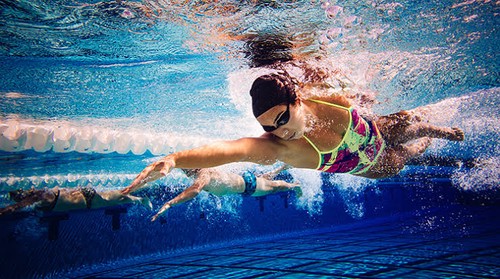
Freestyle: Also known as the front crawl, this stroke is the easiest to learn when the picture of swimming comes in mind. According to USA world record, this is the fastest stroke to win a race with.
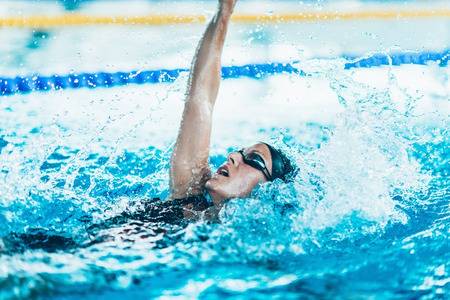
Backstroke: Similar to the front crawl, rather its done on your back just as the name implies. The hand movement with the front crawl are the same. Individuals with back problem bare recommended to this stroke as it provides a great back workout.
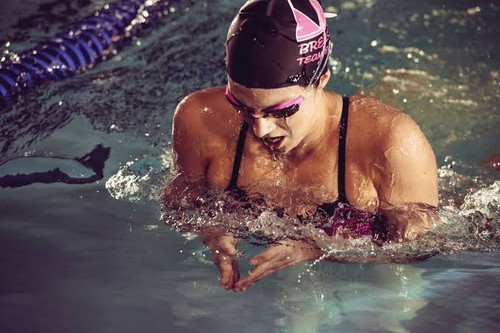
Breaststroke: This can be the easiest stroke a beginner can learn because it does not require the head underwater unlike the pros who submerge and breathe at designated points. This is also the slowest in competitive swimming, yet the most commonly learned. I'm learning this style few steps at a go.
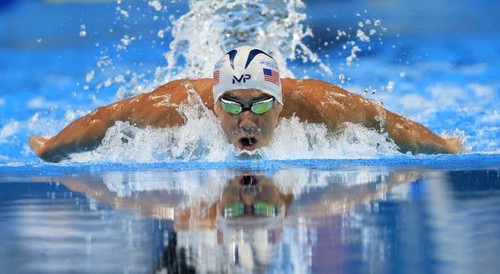
Butterfly: Unlike the Backstroke, this is tiring to learn as a beginner. A picture of Michael Phelps doing the butterfly looks intriguing and I can predict it'll be fun to know how its done. Phelps divulged that this is his favorite competitive stroke in the Olympics as it comes in handy.
Thanks For Reading...

Comments